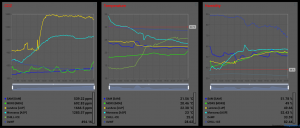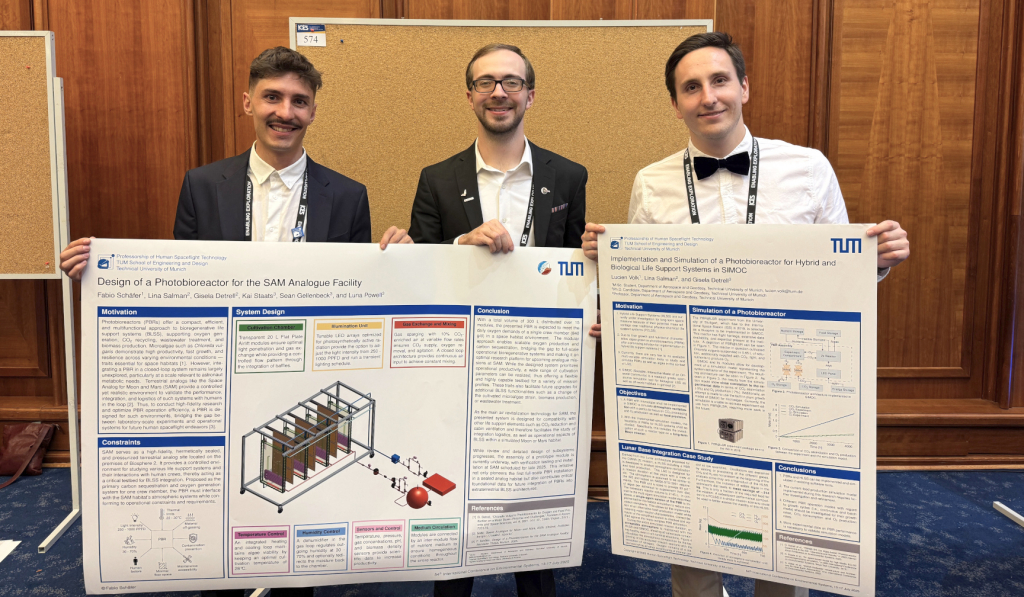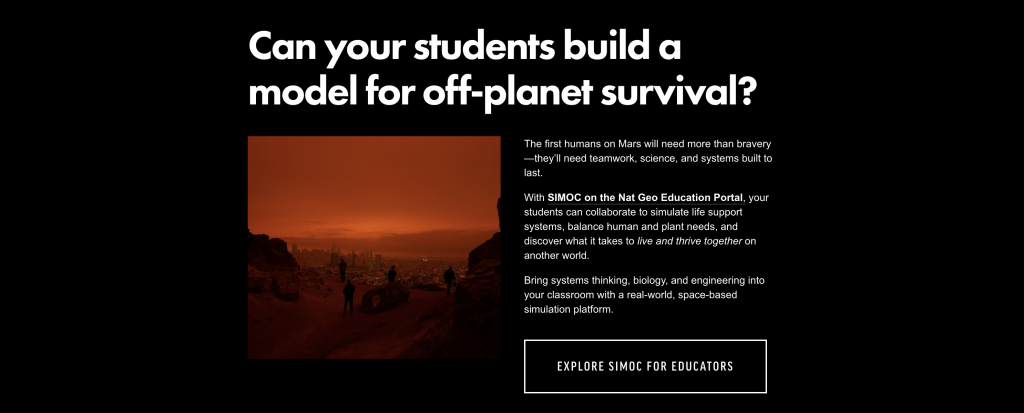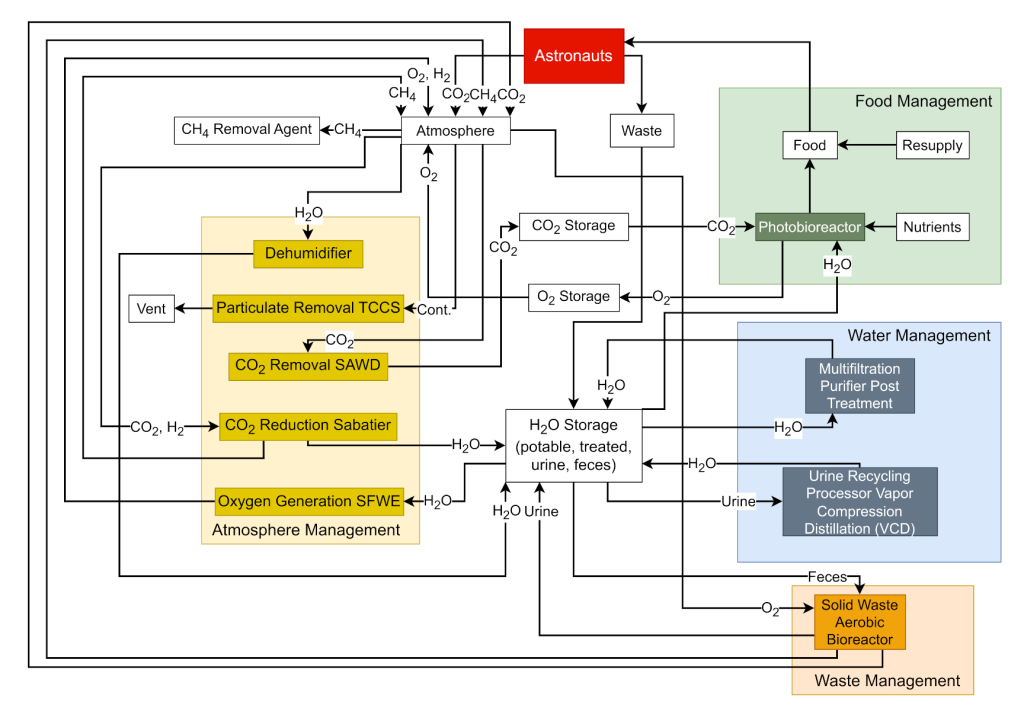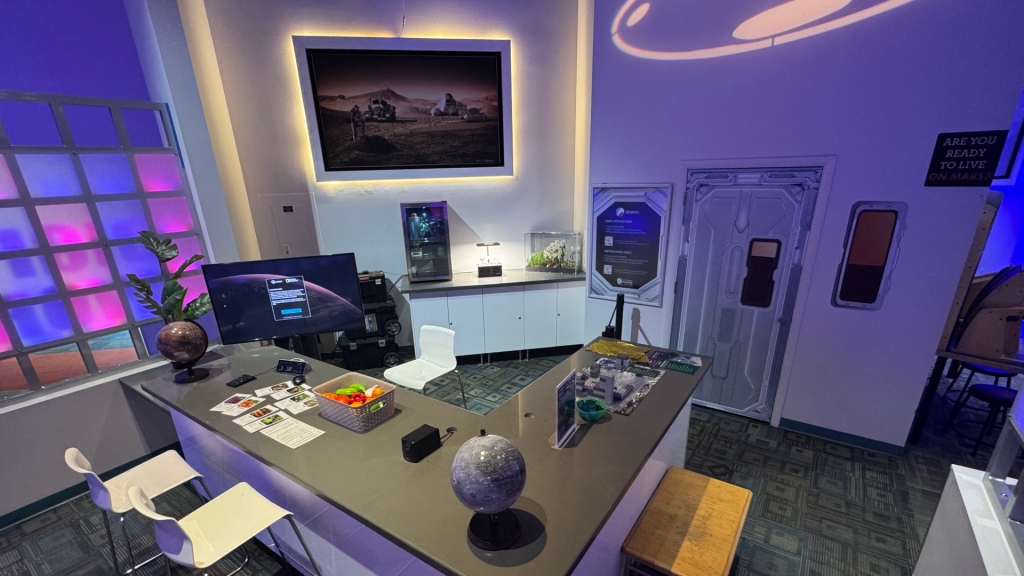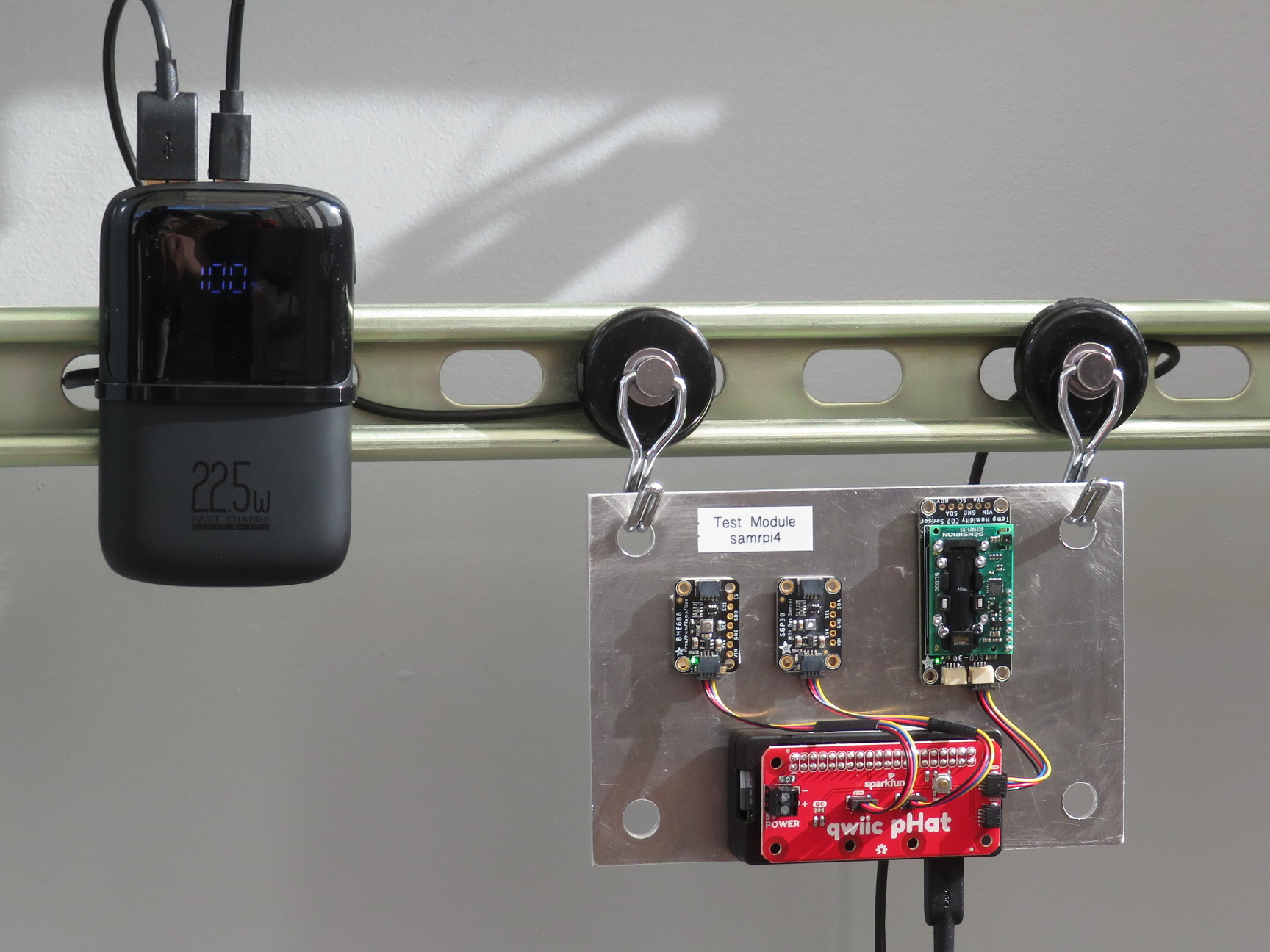SIMOC Live active in 8 habitats across 4 continents
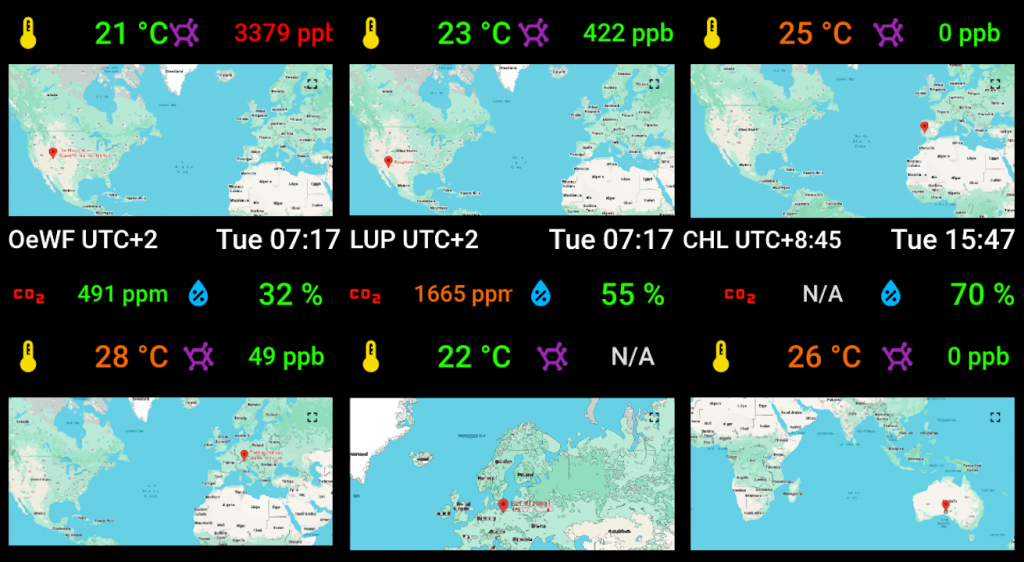
Born of the Analog Astronaut Community, the World’s Biggest Analog (WBA) is a volunteer-based, two weeks mission in which 16 Moon and Mars habitats across 5 continents will attempt the largest synchronized analog mission ever attempted.
SAM Director of Research Kai Staats brought SIMOC Live to the WBA as one of the proposed science projects. SIMOC Live is a real-time air quality monitoring extension to the SIMOC agent-based model and educational web interface. Once accepted in 2024, the all-volunteer SIMOC team composed of Ezio Melotti, Franco Carbognani, and Shantanu Parmar worked to prepare a fully revised Raspberry Pi image and semi-automated configuration that enables each sensor array, no matter its location on Earth, to direct its data stream to a central repository on server. The Mission Control Center hosted by the Austrian Space Forum is then able to monitor the air quality for all of the habitats on a single computer monitor.
One or more SIMOC Live sensor arrays was shipped to eight habitats on four continents such that a live data broadcast is now providing a single-screen monitor in the Austrian Space Forum’s Mission Control Center. As such, the air quality of each represented habitat is presented in real-time.


